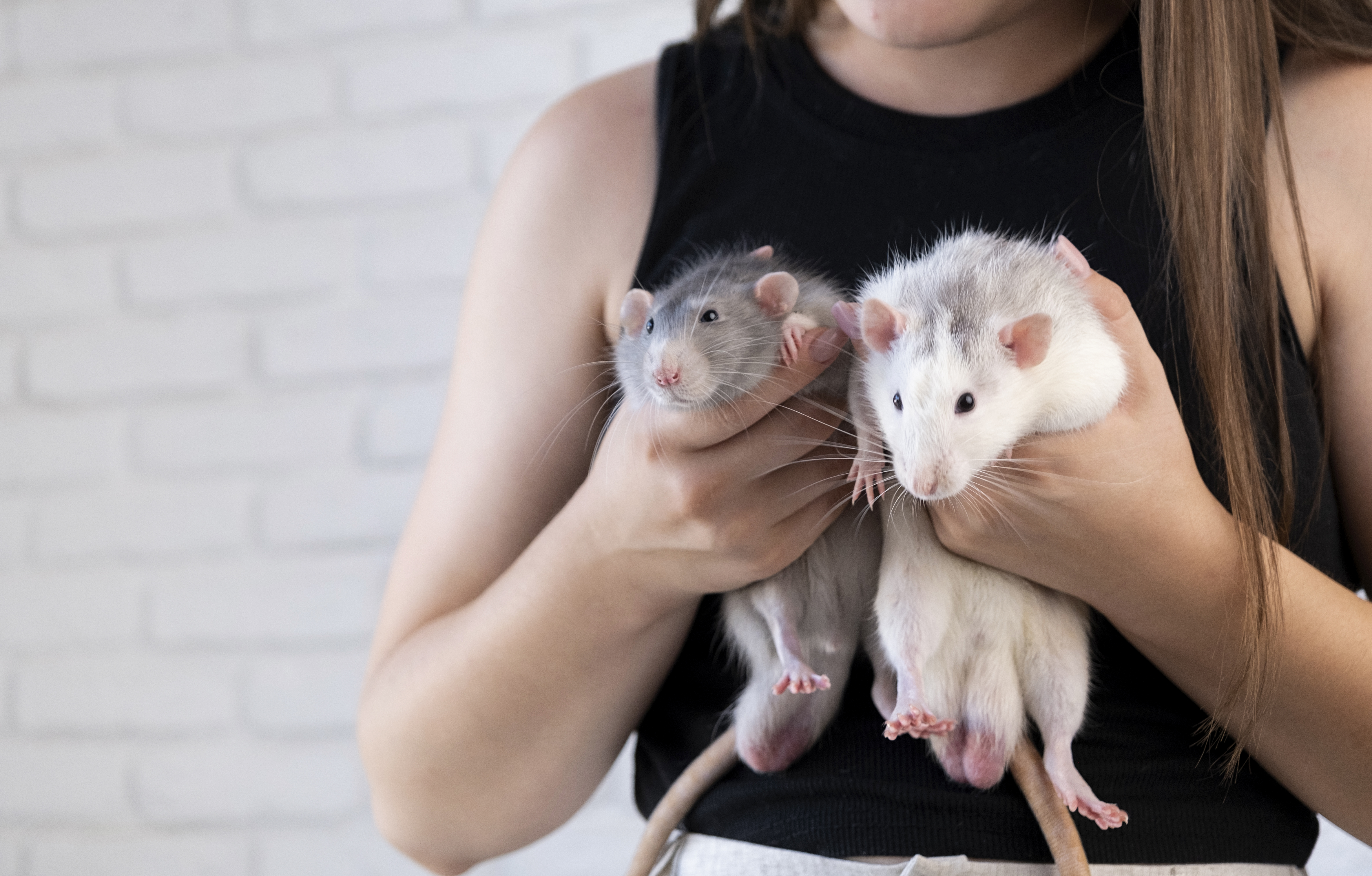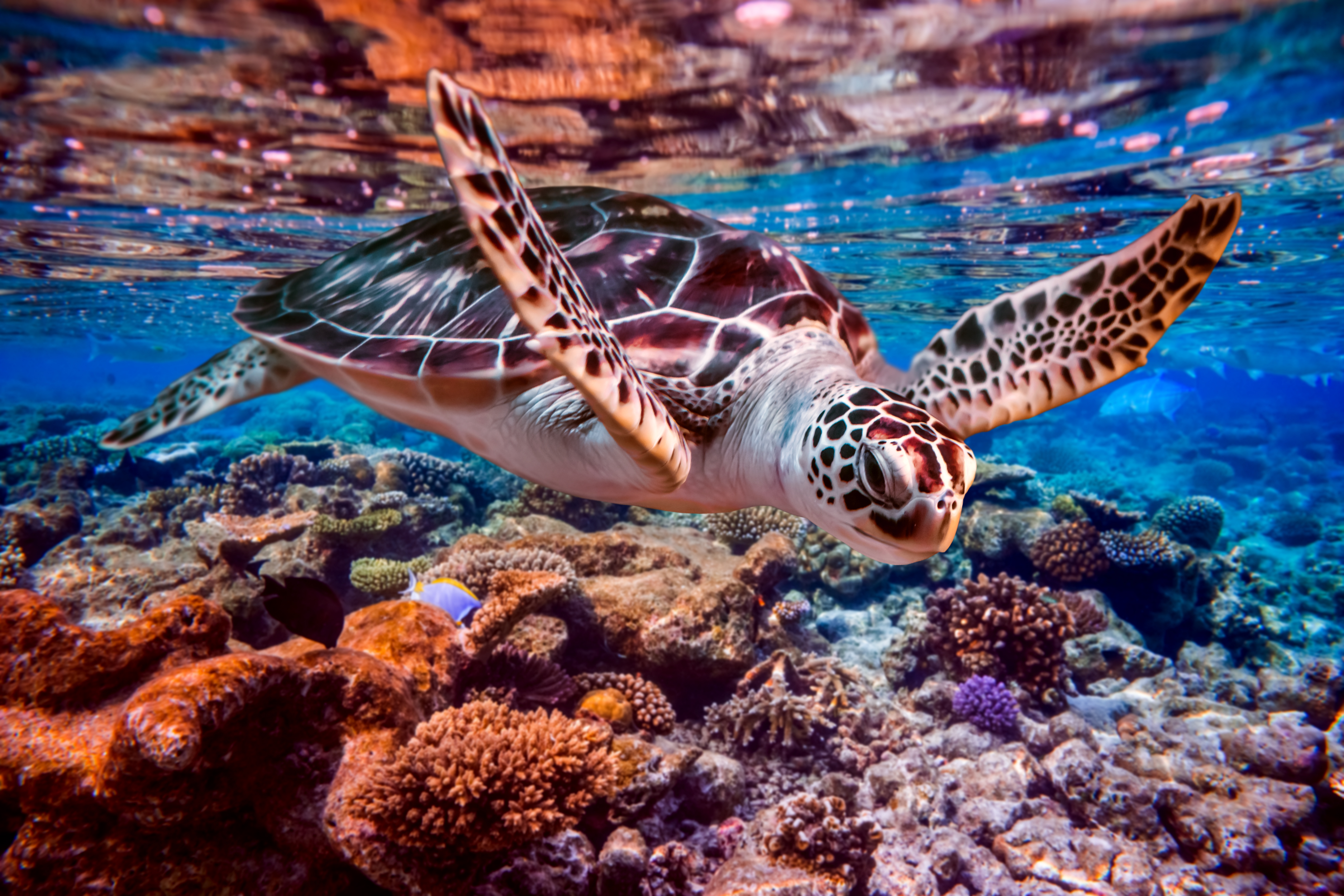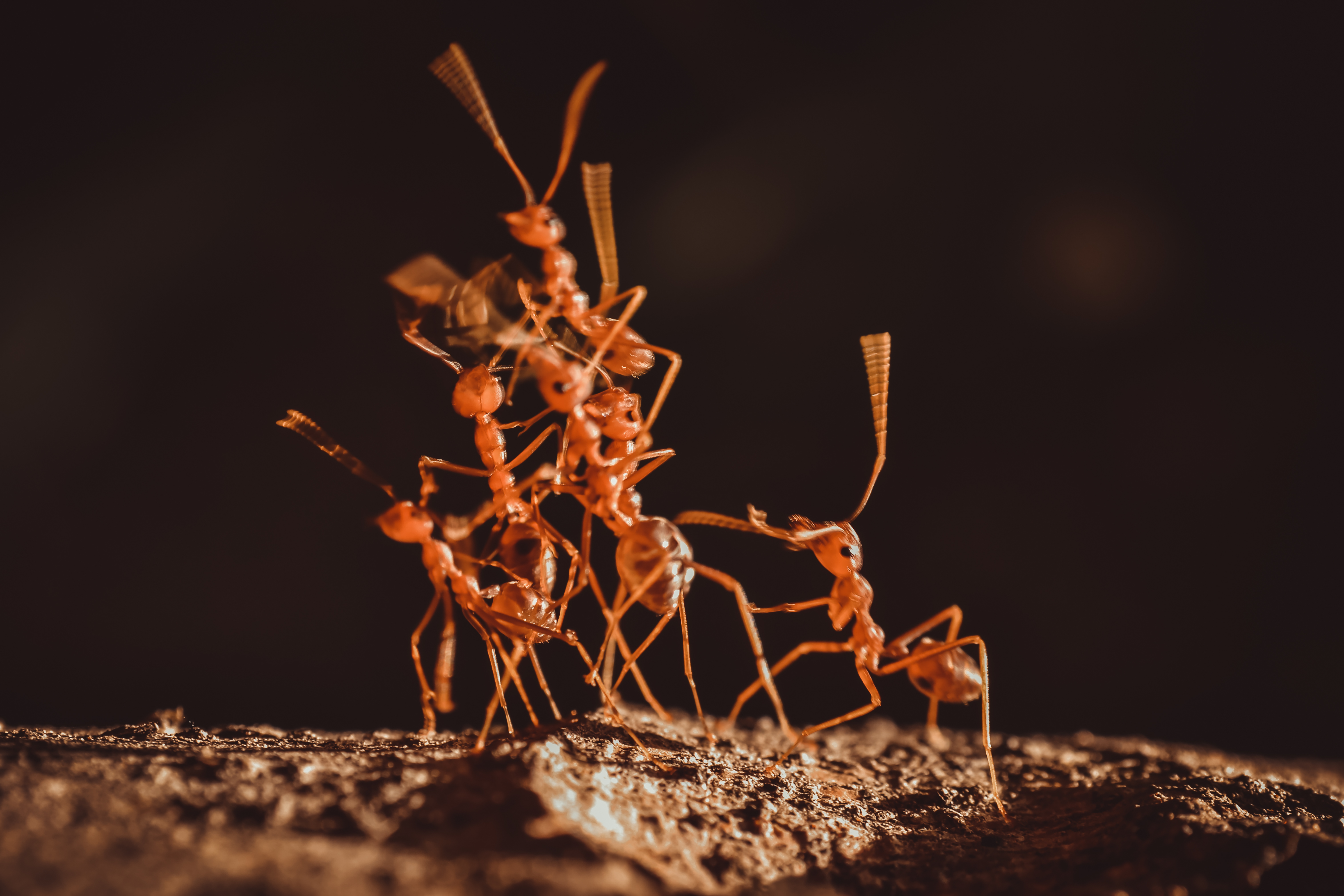10 Animals With Surprisingly Complicated Love Lives
The animal kingdom is a vast tapestry of life, woven with behaviors and rituals that often mirror the complexities of human society. Among these, the courtship and mating rituals stand out as particularly fascinating. While some animals engage in straightforward reproductive strategies, others have evolved intricate and often puzzling mating behaviors that can be as challenging to decipher as they are captivating to observe. These behaviors are not mere curiosities; they are critical to the survival and evolution of species, shaped by millions of years of natural selection. This article delves into the enigmatic love lives of 10 animals, each with a unique romance, rivalry, and reproduction story. From the elaborate dances of birds to the strategic battles of sea creatures, we explore how these animals navigate the complex terrain of love and survival.
1. The Dance of the Birds of Paradise
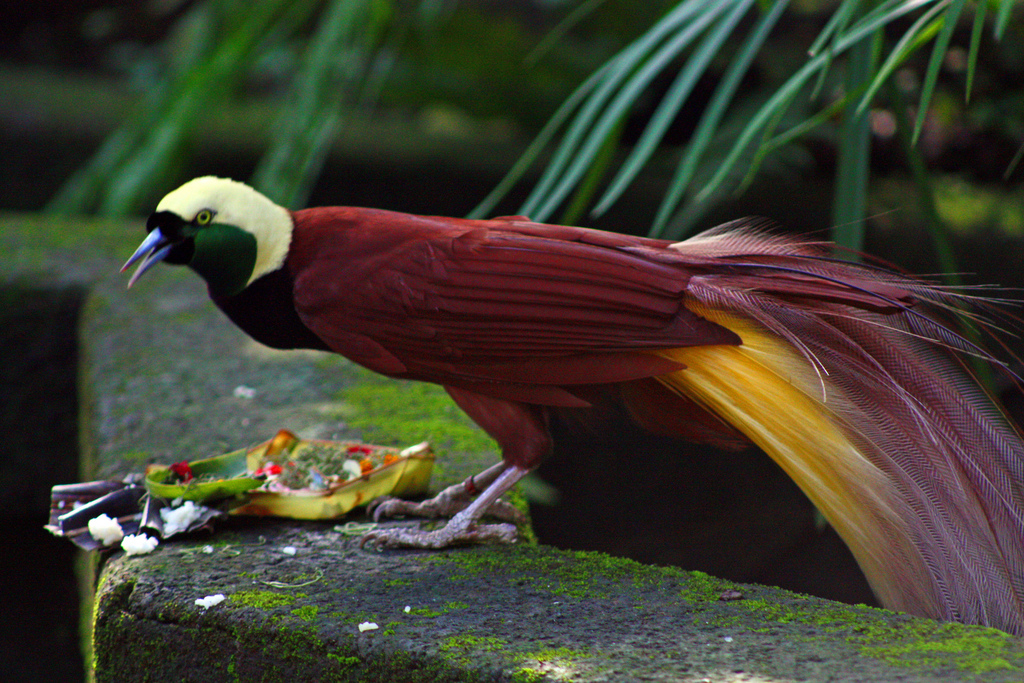
In the lush rainforests of New Guinea, the birds of paradise engage in courtship displays that are nothing short of theatrical. These birds, known for their vibrant plumage and elaborate dances, have evolved some of the most intricate mating rituals in the animal kingdom. Male birds of paradise perform elaborate displays, combining dance, song, and visual spectacle to attract a mate. The intensity and precision of these performances are a testament to the evolutionary pressures that have shaped them. Females, in turn, are highly selective, choosing mates based on the quality of their displays. This selection process ensures that only the fittest males pass on their genes, driving the evolution of increasingly complex courtship behaviors.
2. The Strategic Love Lives of Cuttlefish
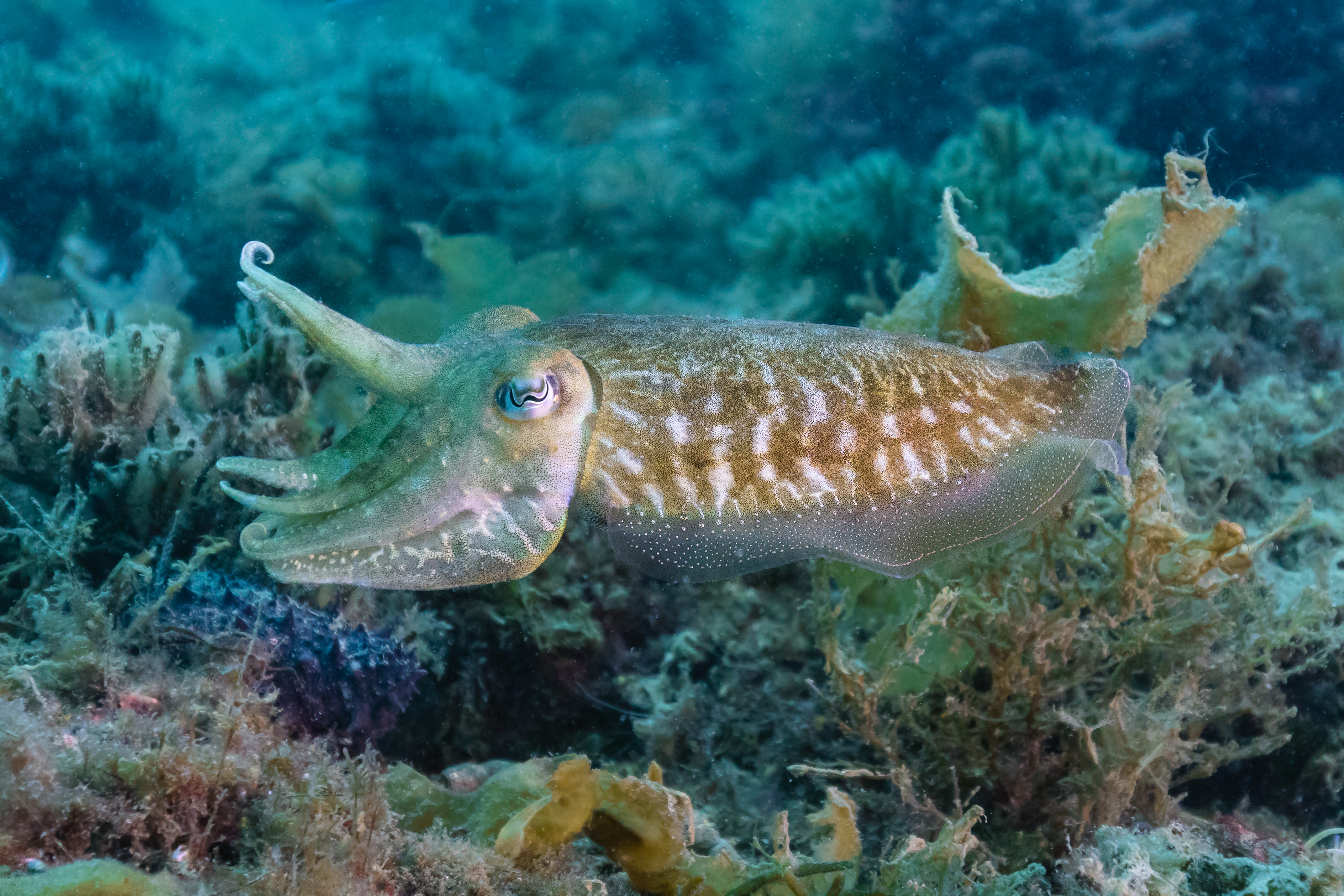
With their remarkable ability to change color and texture, cuttlefish have developed a mating strategy that is as cunning as it is captivating. During the breeding season, male cuttlefish engage in fierce competition for the attention of females. However, it is not just their physical prowess that determines success. Smaller males often employ a strategy of deception, mimicking the appearance of females to slip past larger rivals and gain access to potential mates. This tactic, known as "sneaker" behavior, highlights the role of intelligence and adaptability in cuttlefish courtship. By understanding and exploiting the social dynamics of their environment, these cephalopods demonstrate a level of strategic thinking that challenges traditional notions of animal behavior.
3. The Monogamous Romance of Albatrosses
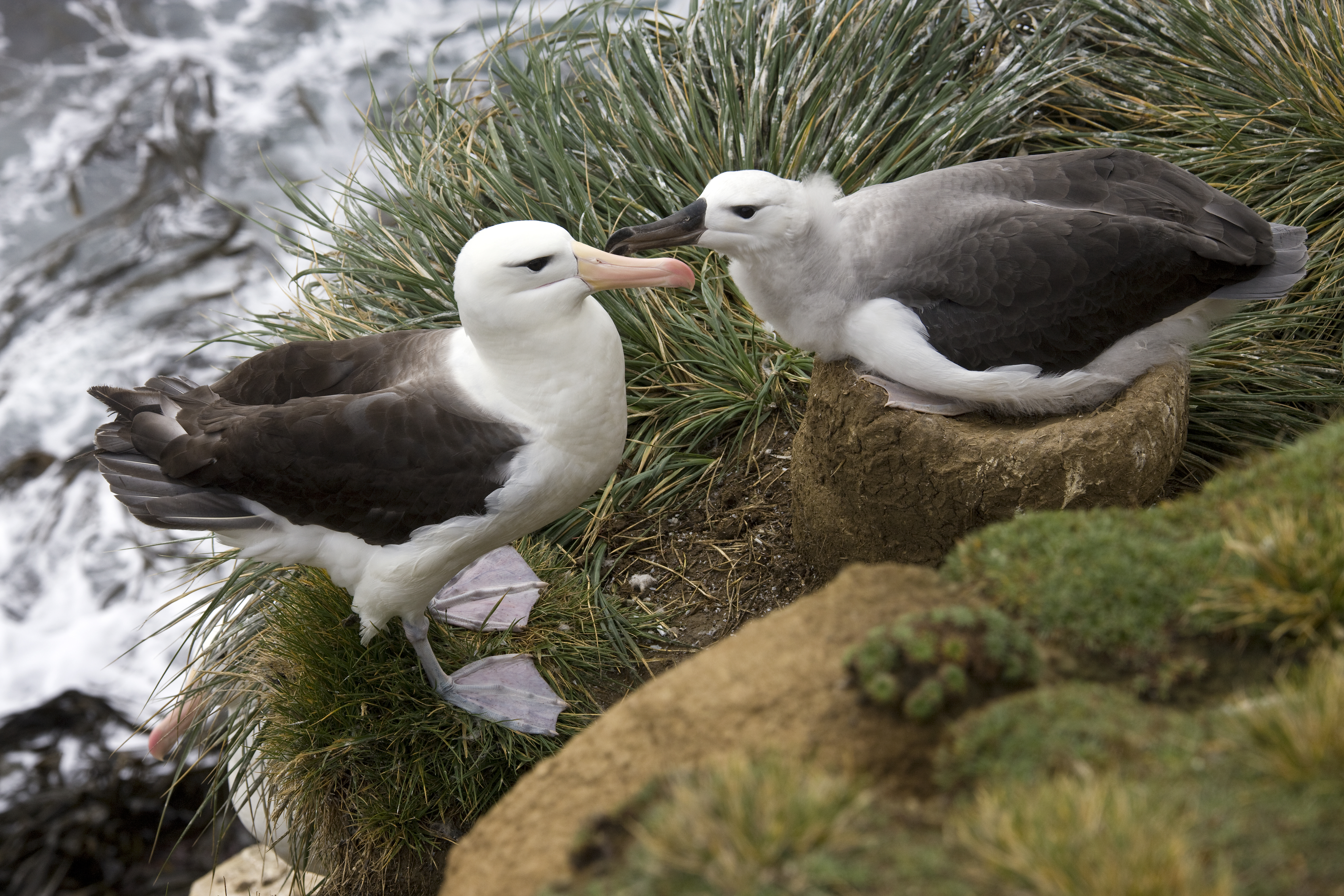
In stark contrast to the cutthroat competition of cuttlefish, albatrosses are known for their lifelong monogamous bonds. These majestic seabirds form partnerships that can last for decades, with both partners sharing the responsibilities of raising their young. The courtship process is lengthy, involving a series of rituals that help establish and strengthen the bond between mates. These rituals include synchronized dances, mutual preening, and vocal duets that reinforce the pair's connection. The commitment to a single partner is not merely a romantic notion; it is a strategy that enhances reproductive success by ensuring that both parents invest in the survival of their offspring. This enduring partnership is a testament to the power of cooperation and mutual support in the animal kingdom.
4. The Complex Social Structures of Bonobos
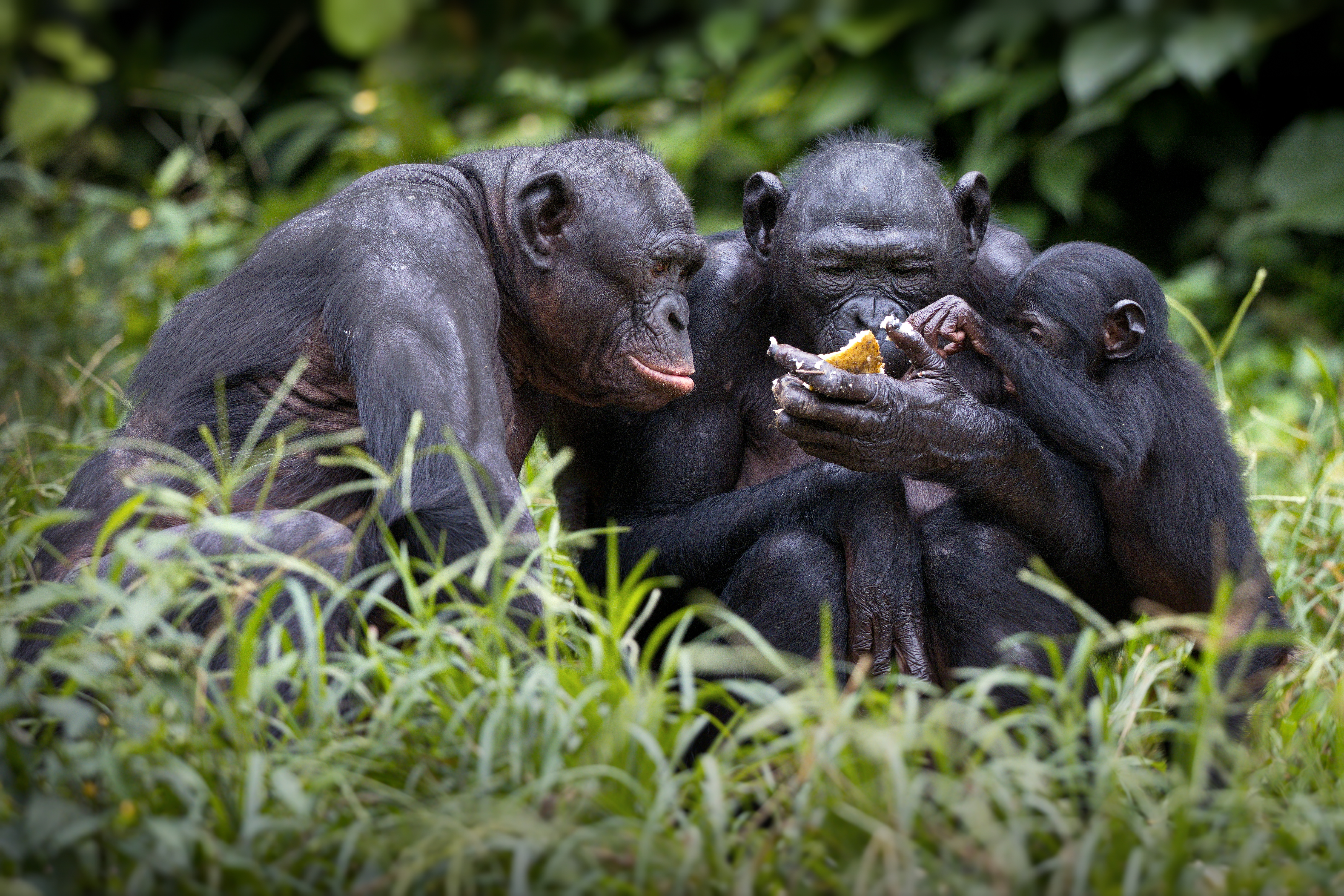
Bonobos, one of our closest relatives, have a social system deeply intertwined with their mating behaviors. Unlike many other primates, bonobos use sexual interactions for social bonding, conflict resolution, and alliance formation. This behavior is not limited to heterosexual pairings; bonobos engage in a wide range of sexual activities that serve to reinforce social ties and maintain group cohesion. The complexity of bonobo social structures challenges traditional views of animal mating systems, highlighting the role of social interactions in shaping reproductive strategies. By prioritizing social harmony over aggression, bonobos demonstrate an alternative model of social organization that emphasizes cooperation and empathy.
5. The Mating Battles of Elephant Seals
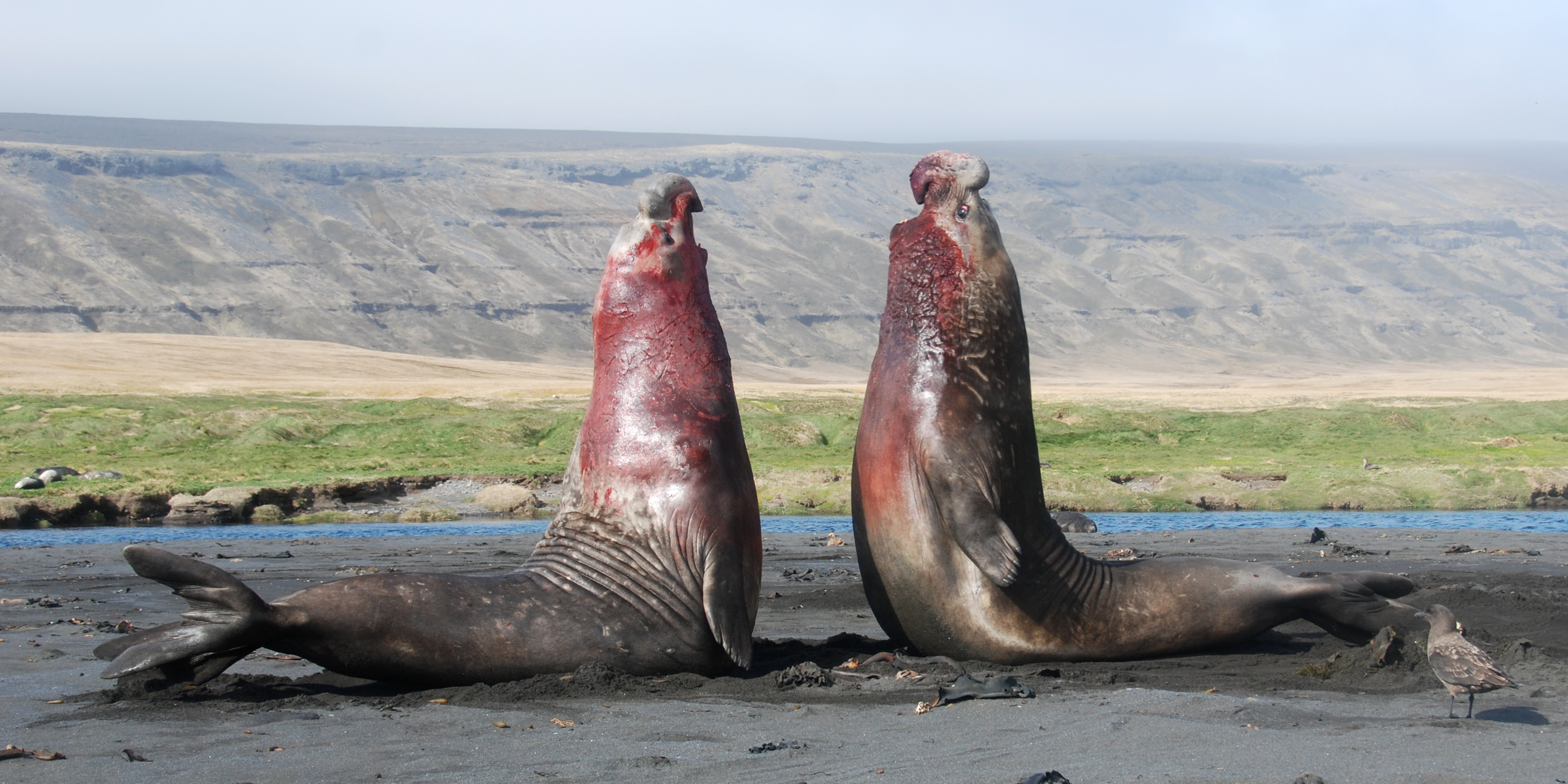
On the windswept shores of the Pacific Ocean, male elephant seals engage in fierce battles for dominance and access to females. These colossal creatures, weighing up to 4,500 pounds, rely on sheer strength and size to establish their place in the social hierarchy. Dominant males, known as "beachmasters," control large harems of females, defending their territory from rival males through violent confrontations. The stakes are high, as only the most dominant males achieve reproductive success. However, this system also allows for alternative strategies, with subordinate males sometimes sneaking into harems to mate with females while the beachmaster is distracted. The brutal yet strategic nature of elephant seal mating highlights the diverse tactics animals use to maximize their reproductive success.
6. The Cooperative Breeding of Meerkats
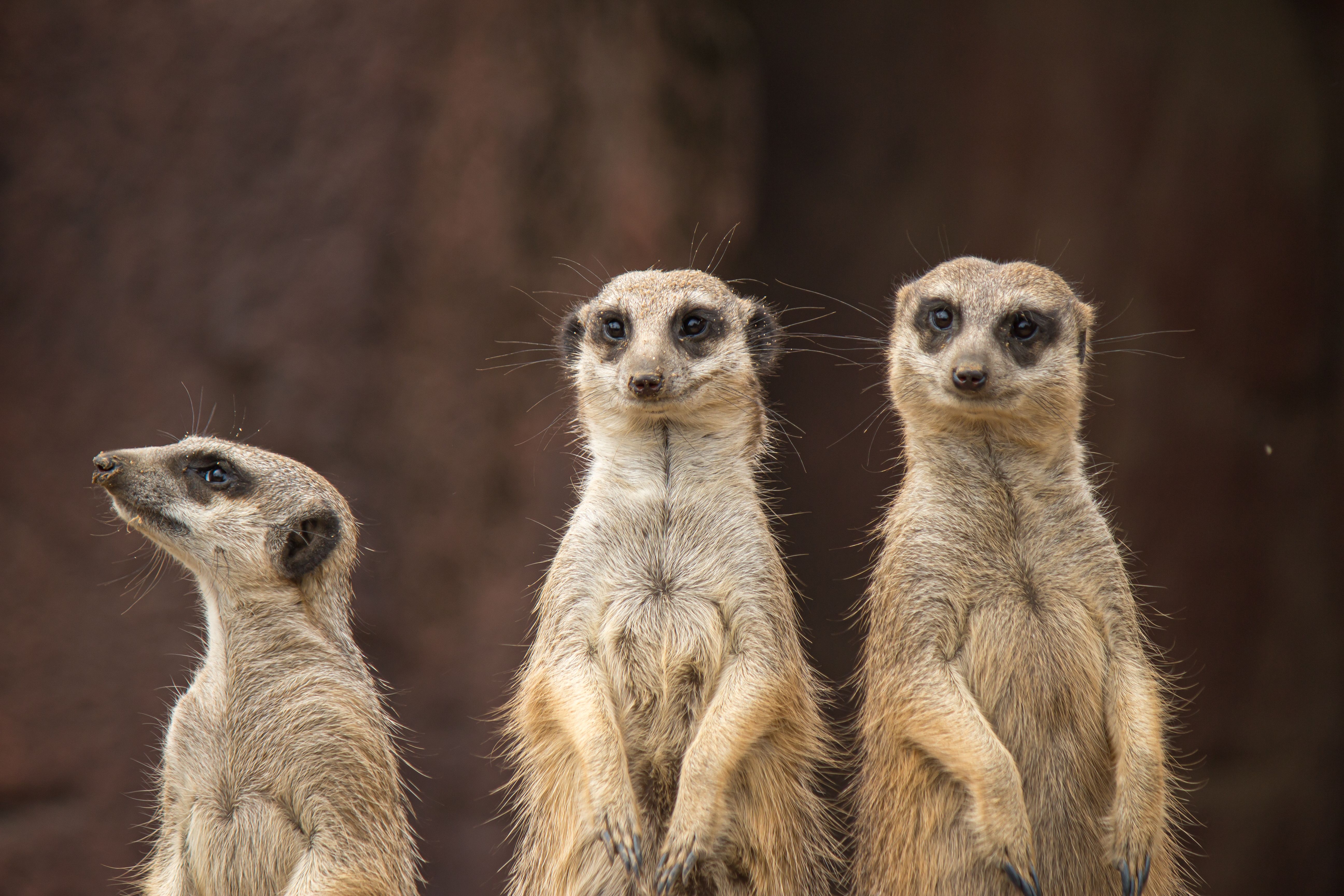
Meerkats, the social mammals of the African savannah, exhibit a unique form of cooperative breeding that sets them apart from many other species. In meerkat societies, a dominant pair is responsible for most of the reproduction, while subordinate members assist in raising the young. This cooperative system is supported by a complex social structure, where individuals take on specialized roles to ensure the group's survival. Helpers participate in activities such as babysitting, foraging, and sentinel duty, allowing the dominant pair to focus on reproduction. This selfless behavior is driven by kin selection, as helpers are often related to the dominant pair and benefit indirectly from the success of their relatives. The intricate social dynamics of meerkats offer a fascinating glimpse into the evolution of animal cooperative behavior.
7. The Ritualistic Courtship of Japanese Pufferfish
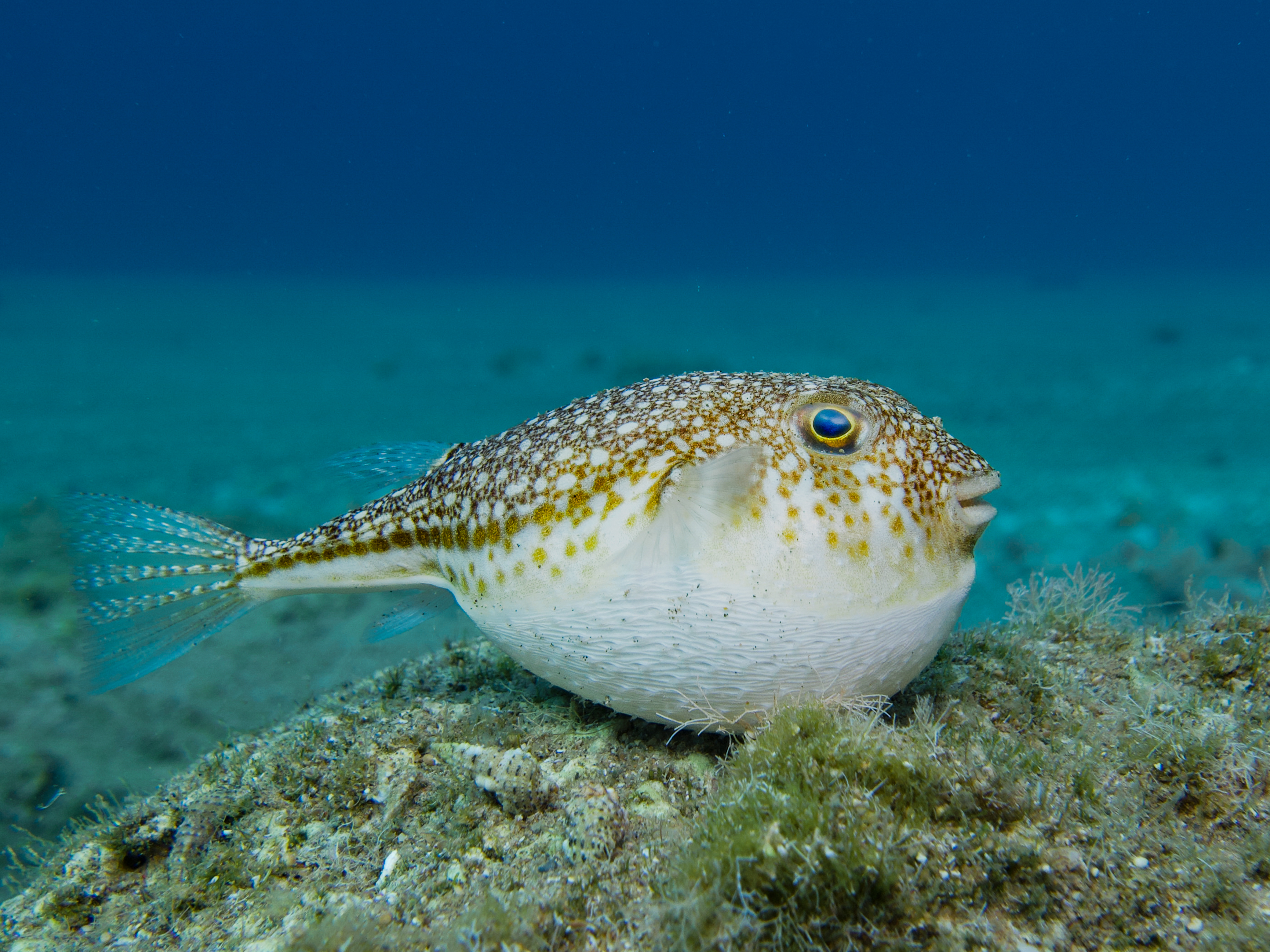
In the coastal waters of Japan, male pufferfish engage in one of the most elaborate courtship rituals in the marine world. Male pufferfish meticulously construct intricate sand patterns on the ocean floor to attract a mate, creating geometric designs that can reach up to six feet in diameter. These patterns, known as "mystery circles," serve as visual displays to entice females. The construction of these circles requires precision and patience, as the male uses his fins to carve ridges and grooves in the sand. Once a female is attracted to a circle, she inspects the design before deciding to mate with the artist. The complexity and beauty of these underwater artworks highlight the role of creativity and craftsmanship in animal courtship.
8. The Chemical Romance of Moths
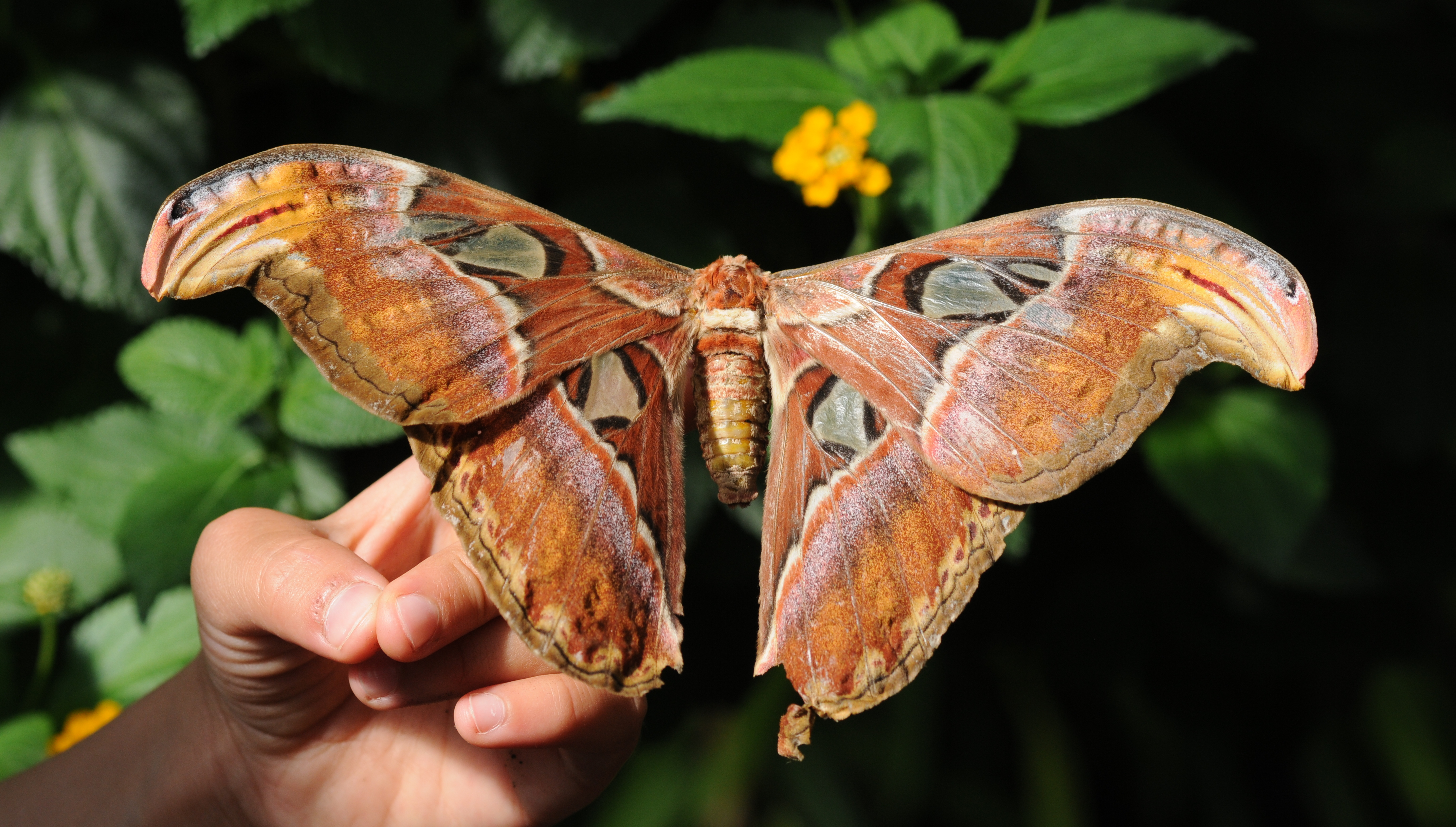
For many moth species, love is a matter of chemistry. Moths rely on pheromones, chemical signals released into the air, to attract mates over long distances. Female moths emit specific pheromones that males can detect from miles away, guiding them to their potential partners. This chemical communication system is highly sophisticated, with each species producing a unique blend of pheromones to ensure that they attract the right mate. Males, in turn, have evolved highly sensitive antennae capable of detecting these signals amidst many environmental scents. The reliance on chemical cues in moth courtship underscores the importance of sensory adaptations in the evolution of mating systems.
9. The Competitive Courtship of Bowerbirds
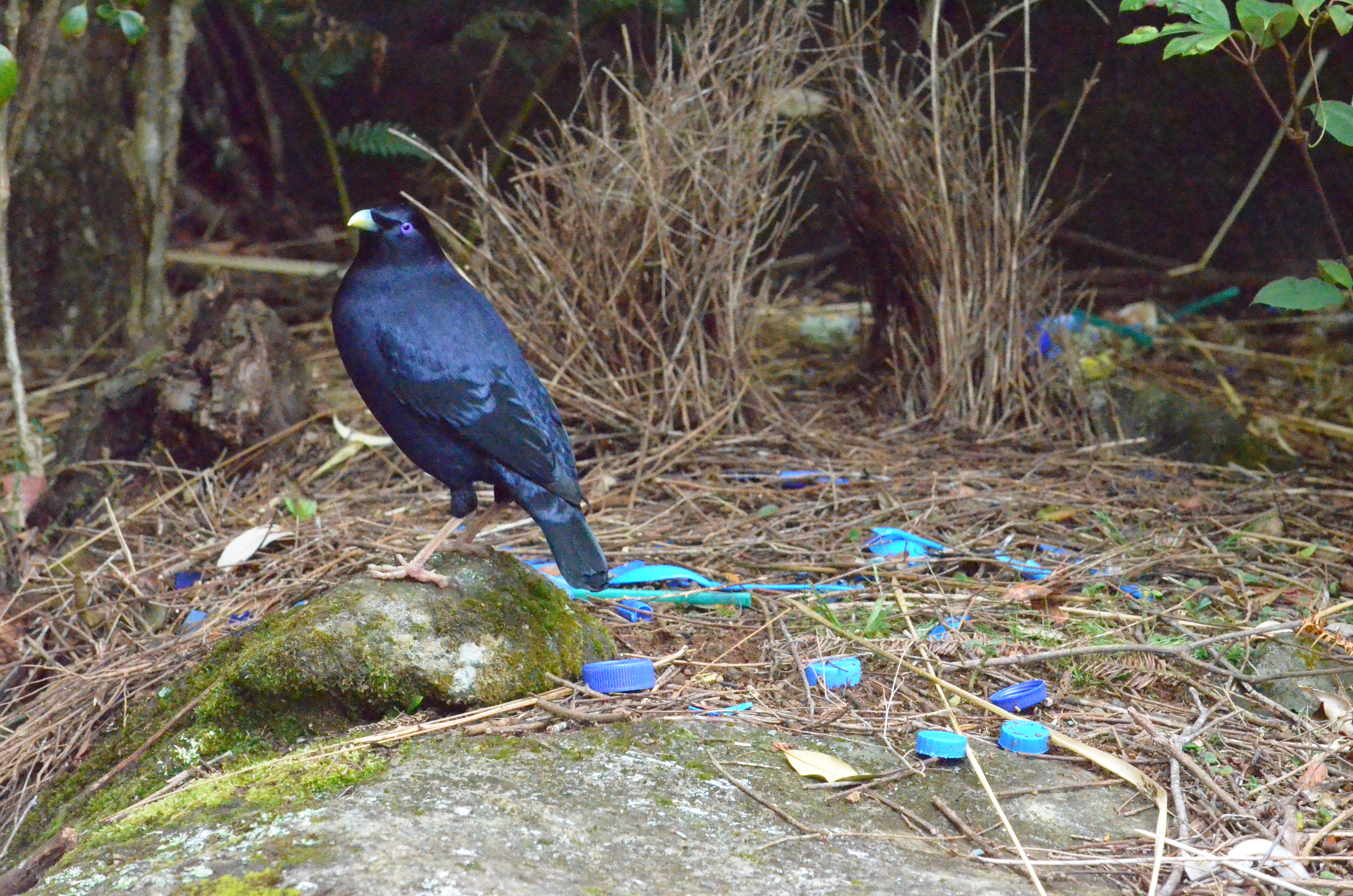
Bowerbirds, native to Australia and New Guinea, are renowned for their architectural prowess and elaborate courtship displays. Male bowerbirds construct intricate structures, known as bowers, to attract females. These bowers are not nests but rather elaborate stages for courtship, adorned with carefully arranged collections of objects such as shells, feathers, and berries. The male's success in attracting a mate depends on the quality and creativity of his bower and his ability to perform an engaging courtship dance. The competitive nature of bowerbird courtship drives males to continually improve their displays, leading to a fascinating arms race of artistic expression. This behavior highlights the role of aesthetics and innovation in animal mating strategies.
10. The Mating Strategies of Anglerfish
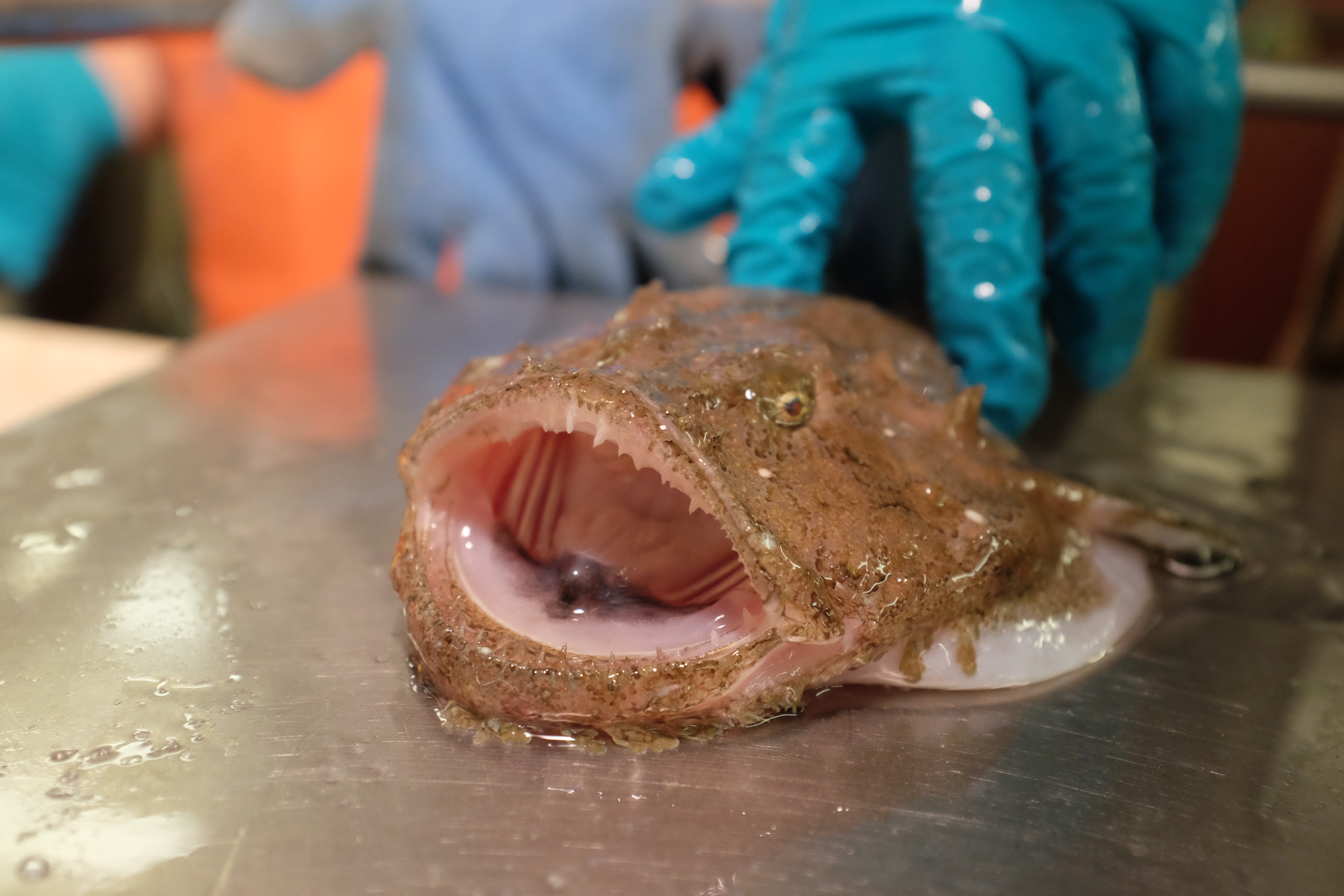
In the ocean's dark depths, anglerfish have evolved a unique and somewhat bizarre mating strategy. Due to the scarcity of potential mates in their deep-sea environment, male anglerfish have developed a parasitic approach to reproduction. When a male encounters a female, he latches onto her body with his sharp teeth, eventually fusing with her and becoming a permanent appendage. Over time, the male's body degenerates, leaving only the reproductive organs, which the female can use to fertilize her eggs. This extreme form of sexual dimorphism and dependency is a remarkable adaptation to the challenges of finding a mate in the deep sea. The anglerfish's mating strategy exemplifies the lengths to which evolution can go to ensure reproductive success in challenging environments.
The love lives of animals are as diverse and complex as the creatures themselves. From the intricate dances of birds of paradise to the strategic deception of cuttlefish, each species has developed unique strategies to navigate reproduction challenges. These behaviors are fascinating to observe and provide valuable insights into the evolutionary pressures that shape the natural world. By unraveling the secrets of animal courtship, we gain a deeper understanding of the intricate web of life on Earth and the myriad ways love and survival are intertwined. As we continue to study and appreciate these remarkable creatures, we are reminded of the beauty and complexity of the natural world and the endless possibilities it holds for discovery and wonder.

